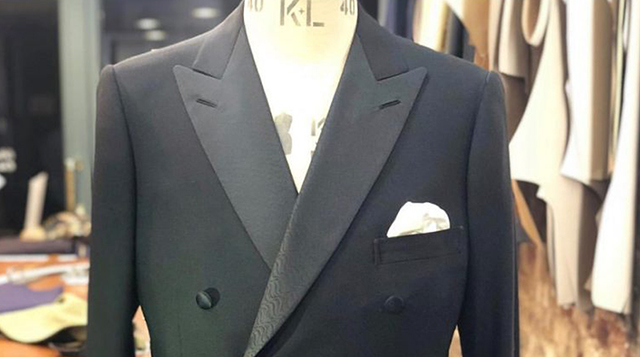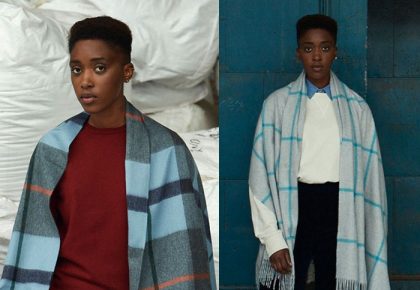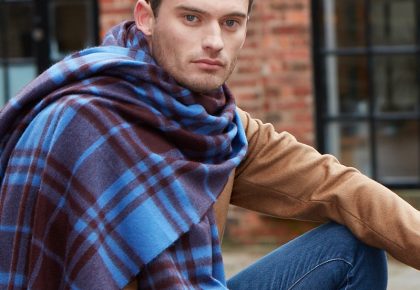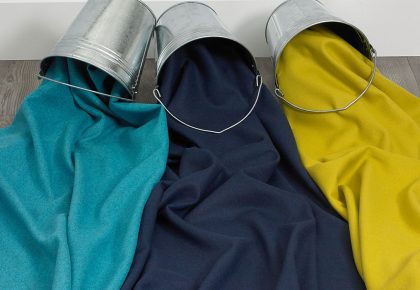Standeven Fabrics: A formally informal perspective on Black-Tie
A few decades before the inception of Standeven, the highly esteemed Henry Poole on Savile Row introduced ‘Black Tie’, a practical yet formal outfit appropriate for certain special evening occasions and ceremonial wear, proving to be a timeless menswear staple all over the world.
Before we dive into the what is, and why, of the black-tie, it’s important to acknowledge a little backstory behind this wardrobe. There are many opinions and stigmatisms surrounding the almost age-old concept of what it is to be a gentleman and the various components of attitude, style and the way one should conduct oneself. While it would require an almost bottomless article to cover this, we can certainly make a start by focusing on the basics.
To be a gentleman, one should not look for additional attention, especially to his clothes. Neither should he be seen to purposely outdress or outsmart his peers. This is also reflected in the way he puts himself together (as opposed to a dandy who looks to impress by dressing as a way of expression).
Firstly, black-tie formal wear is relatively strict for several reasons. One of which is to ensure all are dressed appropriately smart to pay respect to one another at an occasion. One should look appropriately immaculate. Think “Cary Grant” in the film “To Catch a Thief.” The dress style, tone and manner which Cary portrayed through his role, sum up the concept quite perfectly.
Over the years, many people have adapted and bent the rules as they see fit, as certain occasions have also become less formal. This has seen an excellent opportunity, leading to the broader scope of what is deemed an acceptable outfit. The original attire requires a black suit of luxury fabric, often in an extremely thick Barathea cloth, with silk peaked lapels. A white studded shirt fashioned with a decorative bib, trophied with a black bow tie completes the look. Black shoes are a must and often worn as either an Oxford or slipper (always with mirror shine or Patina).







